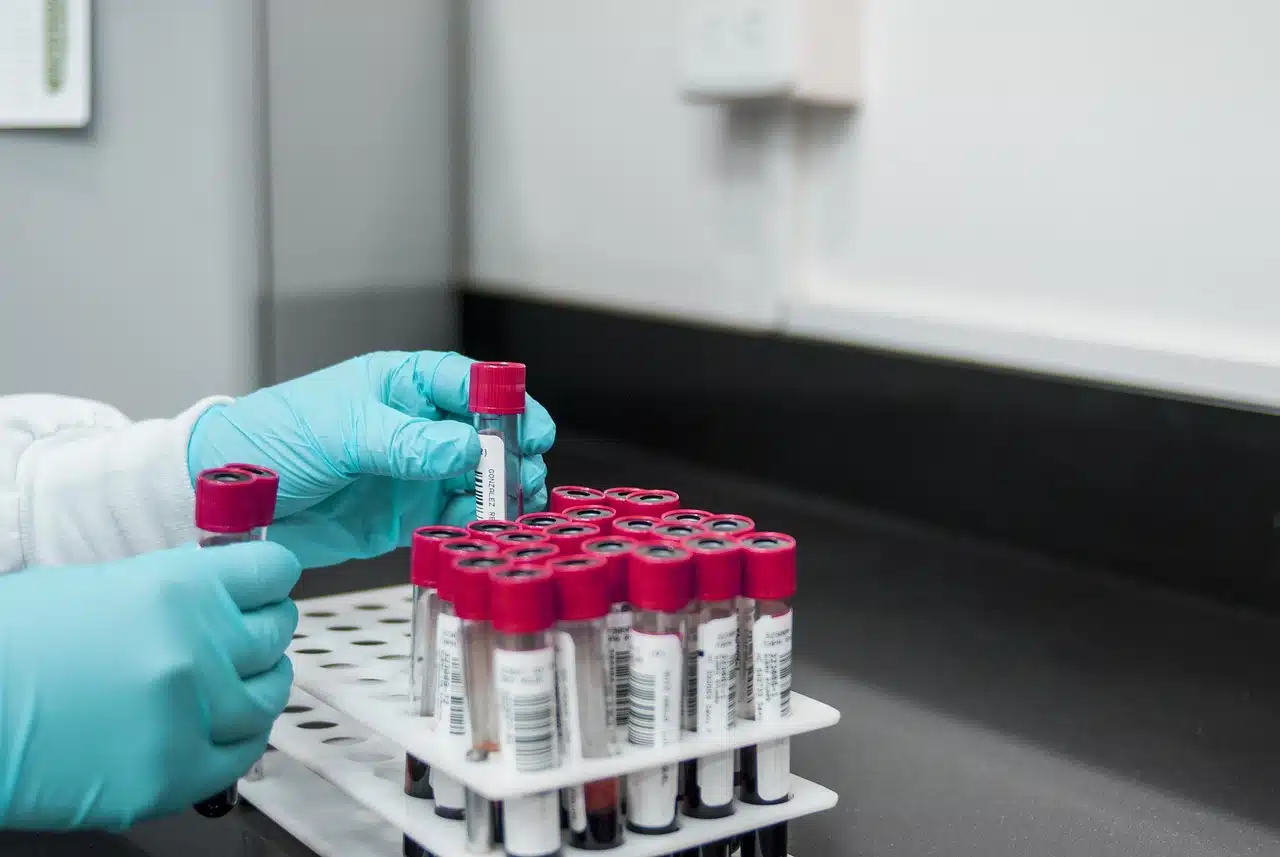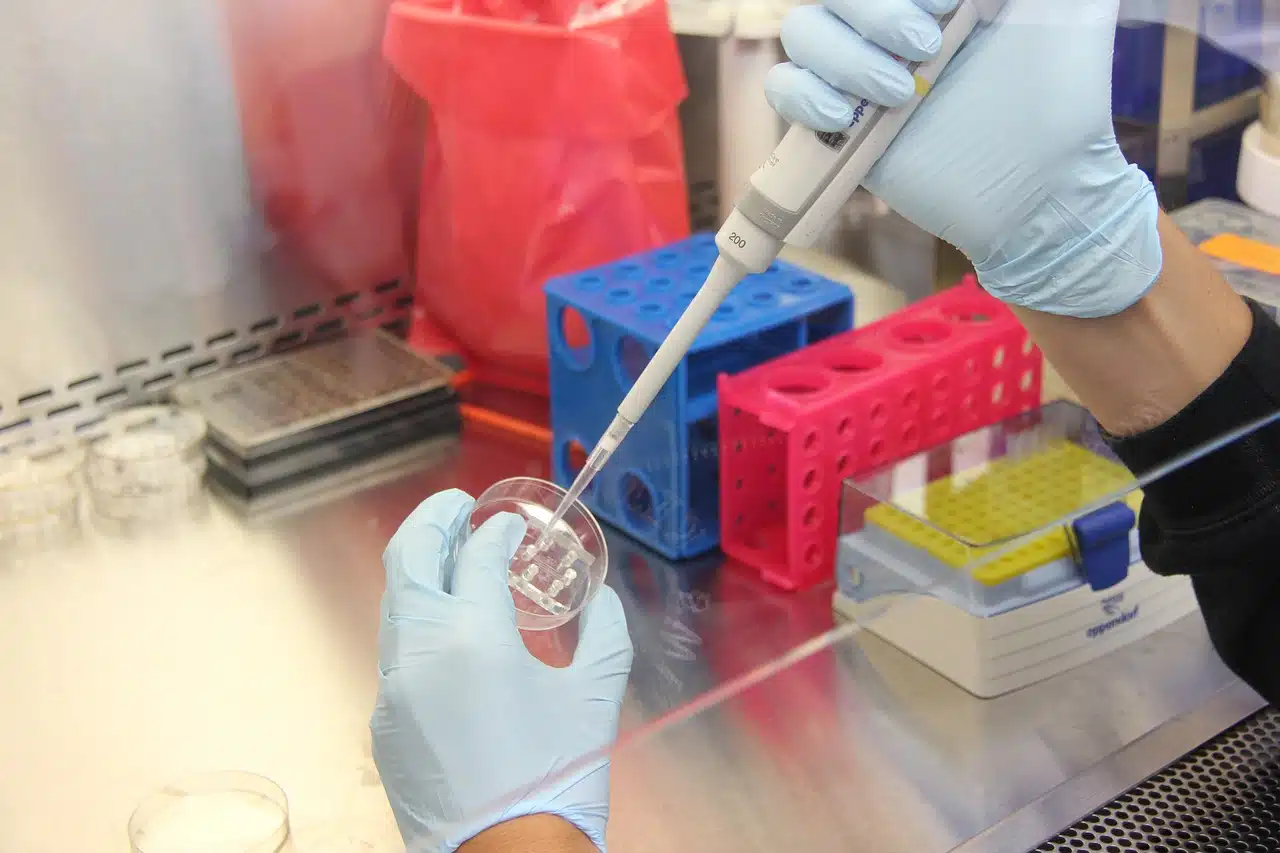
The repeatability of an experiment indicates that it always gives the same results.
Repeatability is the condition of repeatability : that is, it can be repeated, always achieving the same results . This idea is used in the field of scientific methodology .
Repeatability in science
Repeatability is taken into account when conducting a scientific experiment and drawing conclusions about it. That the experiment is repeatable implies that, if it is performed again, it must give the same result over and over again .
In this way, the repeatability of a test means that, by reiterating it, consistent results are achieved. For this, the original test design must be respected.
The concept of repeatability has been around since the first scientific experiments and precise measurements. However, it is difficult to determine an exact date when the concept emerged, since it is intrinsically linked to the scientific method and the search for reliable and consistent results.
Reproducibility
Reproducibility is another capacity that is sought in an experiment: that it can be reproduced by other members of the scientific community. The scientific method , in this way, requires that the experiment be reproducible (which can be replicated by others) and repeatable (which always allows the same results to be obtained).
Necessary conditions
To achieve repeatability, it is important to meet certain conditions. Let's look at some of the most important ones below:
- Standardized procedures : We must have clearly defined and documented procedures to carry out the experiment or process. These procedures must be strictly followed in each repetition to minimize variations;
- Controlled environment : It is important to maintain a controlled environment to reduce sources of variability . This involves controlling and monitoring factors such as temperature, humidity, pressure, lighting or other relevant parameters as the case may be;
- Calibration and maintenance of equipment : We must ensure that we regularly calibrate and maintain the equipment used in the experiment. This includes measuring instruments, data collection devices or any other relevant equipment. The precision and reliability of the equipment are essential to obtain repeatable results ;
- Representative samples – If we are performing measurements or tests on samples, we must ensure that they are representative of the population or phenomenon we are studying. Proper sample selection minimizes bias and increases the likelihood of obtaining repeatable results;
- variable control : identify and control all variables that may influence the results. This involves maintaining constant or carefully controlling factors such as time, speed, concentration, applied force, among others. By limiting the variability of the variables , repeatability is increased;
- Data logging – Keep a detailed record of all data collected during each repetition. This allows for further analysis and comparison of the results obtained. Additionally, accurate recording of data makes it easier to identify potential errors or discrepancies.
By meeting these conditions, we will be in a better position to achieve repeatability in our experiments, measurements or processes. We must remember that repeatability is essential to establish the reliability and validity of the results obtained.

The measurement meets repeatability if it gives equal results when maintaining the conditions.
Test-retest reliability
We speak of test-retest (or test-retest ) reliability when the concept of repeatability is applied in carrying out measurements . In this case, it is associated with the fact that, when carrying out successive measurements of the same thing and under the same conditions, the results obtained must be consistent.
If the variations recorded are smaller than a predetermined acceptance criterion, the measurement is said to be repeatable: it meets the repeatability criterion. This accepts that the variations are not significant.
The repeatability of measurements, on the other hand, demands using the same measuring instruments and experimental tools. The observer must also be the same, while the repetition must occur at a short temporal distance from the preceding measurement.
